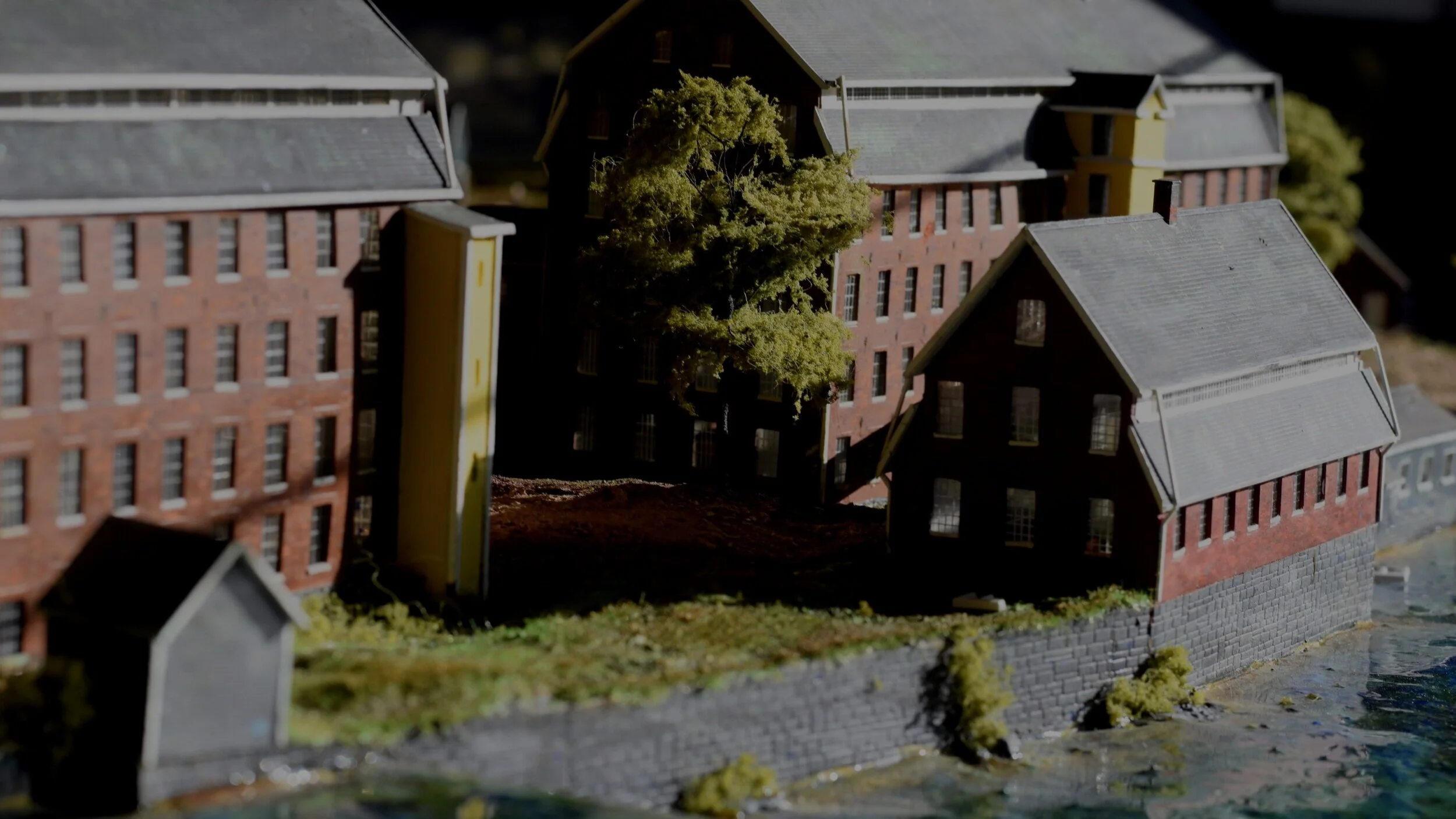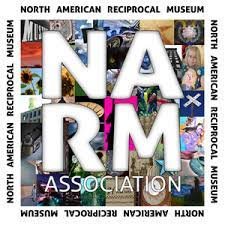Francis Cabot Lowell and the Boston Manufacturing Company- Part 2
Click here to return to Part 1
Modern Financing
Francis Cabot Lowell and his fellow investors of the Boston Associates founded the Boston Manufacturing Company (BMC) in 1813. By 1814, the first factory was operational. He revolutionized how corporations might be financed to fund this endeavor. Individual or partnership ownership, as was the method in the United States and England, was inadequate to the needs of large-scale industry. Lowell “proposed a joint-stock arrangement, and if “a shareholder died or sold his stake, the company could continue to function.”[3] And, when shareholders reaped dividends, they might be motivated to invest even more money in the company. The use of publicly traded stocks (individuals could own a share of the company and their investments would pay of dividends, hopefully) by the BMC contributed to the evolution of modern financing and modern corporations.[4] In accordance with Massachusetts corporate law of the early 19th century, the state allowed for free incorporation with limited liability. In a partnership, individuals reaped the success but also suffered the downfalls. By the 1830s, stockholders didn't bear any liability for the losses of the corporation. While the state dictated certain corporate by-laws, including the choosing of a clerk and treasurer, the BMC had quite a bit of latitude in establishing its own by-laws.
These by-laws (which consisted of eleven articles) set the standard for how modern corporations were run. Smaller outfits, like the Slater Mills, might run with one superintendent overseeing production and a few men dealing with finances and marketing. This lateral organization didn't allow for managerial oversight. The BMC ushered in a new group of business leaders who understood the need for systematically organized management, which included, among other things, a Board of Directors responsible for strategic decision making. The power loom often stands as Lowell's ground-breaking achievement. However, his leadership of a Board of Directors and entrepreneurial innovations in corporate structure and governance might be his greatest contribution to the success of the mills and the growth of modern American business.
Power
The factory itself was powered by the waters of the Charles River. Lowell took advantage of a dam already in place by buying the rights to a local sawmill. A large overshot water wheel, placed in the factory’s basement, powered by the waters of the Charles River and its ten-foot drop over the [now Moody Street] dam, converted the falling water to useable power. The water wheel powered four floors of cotton-producing machinery, including carding, spinning, and weaving (the attic stored finished bolts of cloth), again making the site the first fully integrated factory in both America and Europe. It took in raw goods at one end, and delivered a finished product at the other, centralizing and mechanizing all processes of production. This initiated the shift from farm to factory and set the stage for later industrialization.
And, it furthered the economic revolution, following the fight for political independence (1765-1783), by creating finished goods for a domestic market. That is, Lowell, along with his associates, believed that by making finished goods in the United States for the home market, they would enable a further break from economic dependence on England. Before the American Revolution, the English monarchy tightly controlled the production of finished goods in the Colonies. England regarded the colonies as primarily a source of raw materials, like cotton and lumber. The colonies depended on Britain for most finished products and other goods, and cotton textiles were a particularly expensive imported luxury. In fact, American farmers had to grow flax seed to produce affordable clothing for their family.
A recreation of the prototype for of the first american operating power loom
The key to the American textile revolution in the early 1800's was the mechanization of the power loom. While there were numerous textile mills throughout New England for carding and spinning, thus making raw cotton into thread, this thread had to be outsourced to hand weavers working at home on manual looms. The English government closely guarded its textile technology to maintain valuable overseas markets for its products. Until Lowell, there were no designs for a mechanically powered loom in the United States, and this crippled the development of textile factories here.
So how did Francis Cabot Lowell accomplish this feat of bringing the modern production methods to America? In 1810, his family went on a two-year tour of England and Scotland. Lowell was not your typical tourist. He focused not on the natural landscape and architectural marvels, but on the factories in the Lancashire area of England. He was especially interested the Cartwright loom, acknowledged as the first successful automatic or power loom. (Craftsmen did not welcome this innovation. Cartwright had to close down his factory in England because men known as Luddites used hammers and other tools to destroy the machinery, refusing to succumb to labor exploitation and hoping to preserve the old methods of craft production.) Lowell was determined to avoid these problems inherent in the worker-management relationship in his own factories.
As previously stated, England protected its secrets and would not release any information about its new technologies. As an international merchant, Lowell and members of the English Aristocracy knew each other well. While, his visits to England’s factories were no secret, he had to be stealthy to conduct what amounted to industrial espionage. Sometimes disguised as a farmer/peasant, he went into the factories and committed to memory every single detail of the power loom and other textile manufacturing machines. When he returned to America during the War of 1812, suspicious British agents stopped his family in Nova Scotia. They went through his baggage several times thinking he may have hidden plans and drawings of English machinery. He had not. Lowell had memorized everything!
Lowell’s mathematical mind made it possible for him to translate his thoughts into a working model. But he did need help making the actual power loom, and received critical assistance from engineer and technical wizard Paul Moody (from Newburyport). Moody took Lowell's model and rough drawings and after a year he built a working power loom that improved on English designs. These spectacular events, propelled by two brilliant individuals, changed the world in a way not so dissimilar from our first ventures to the moon. If Paul Moody was a genius, Lowell was a visionary who saw no limits to his ventures with the first factory system where all production, including labor itself, was performed under one roof.












